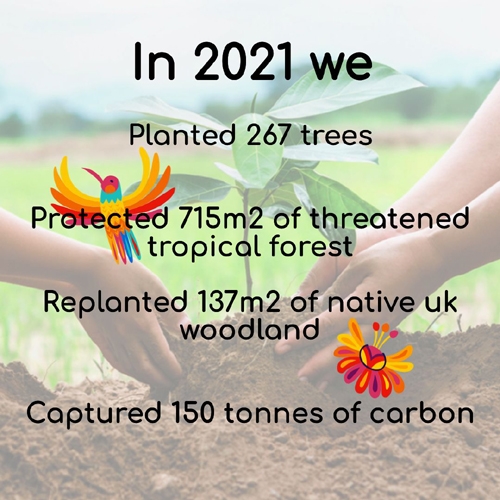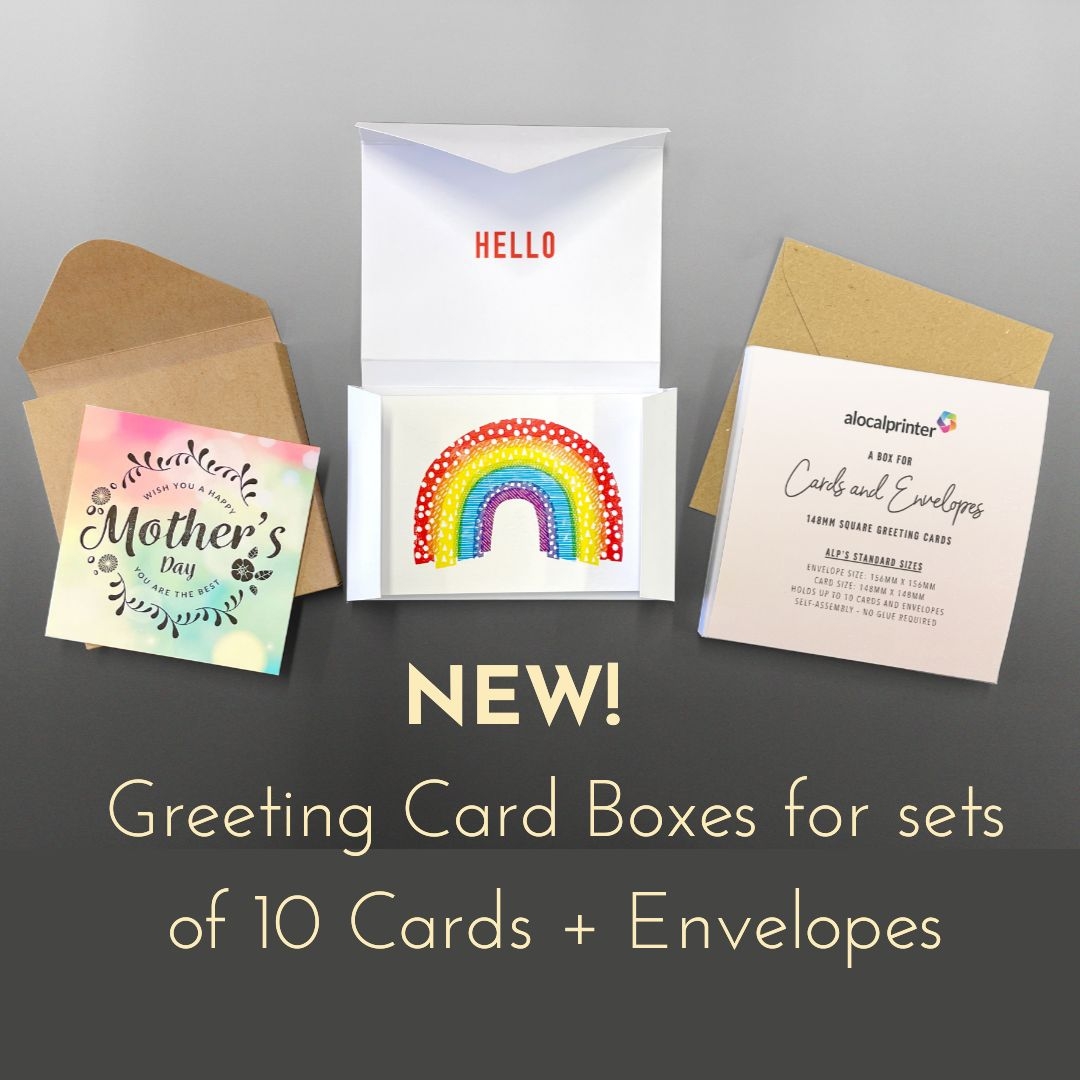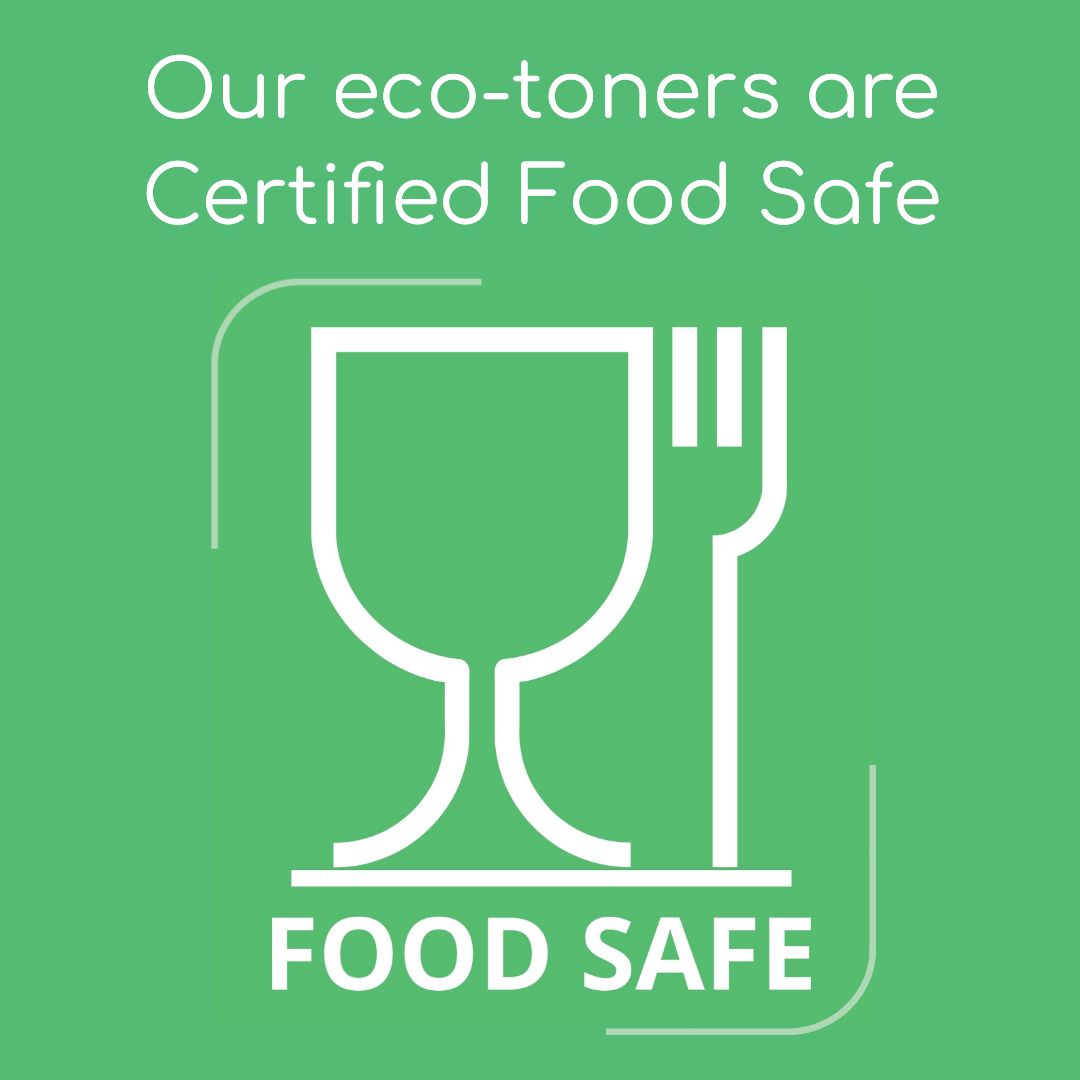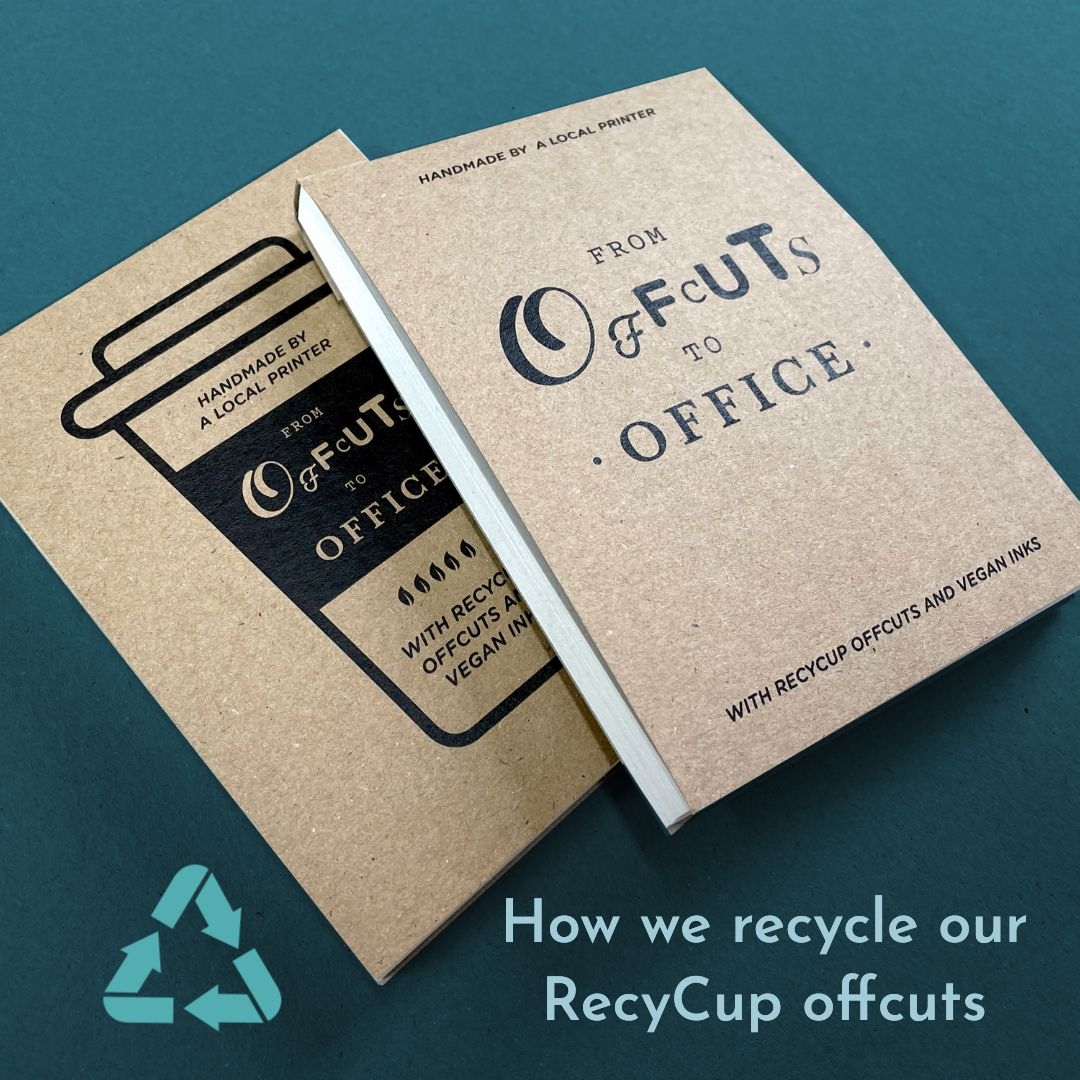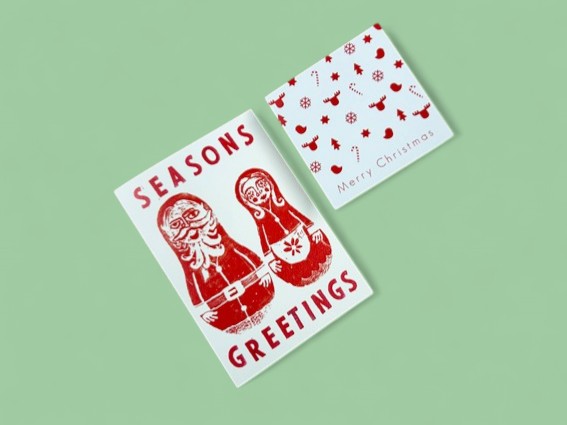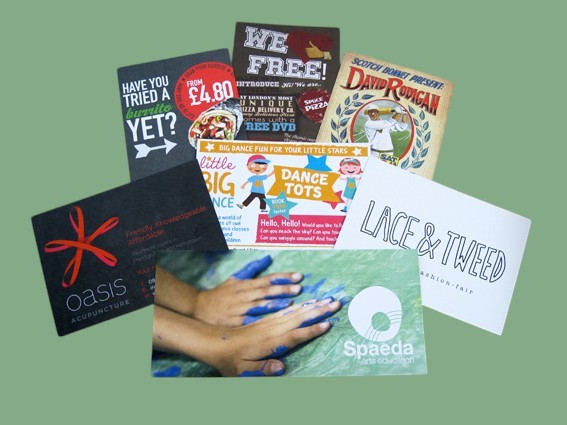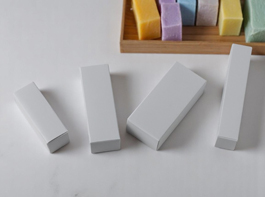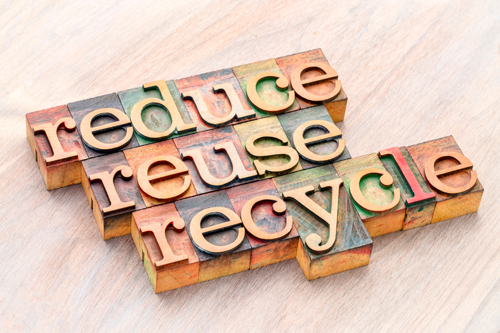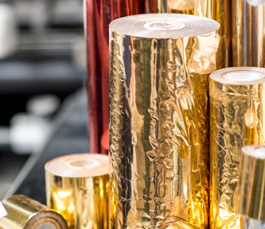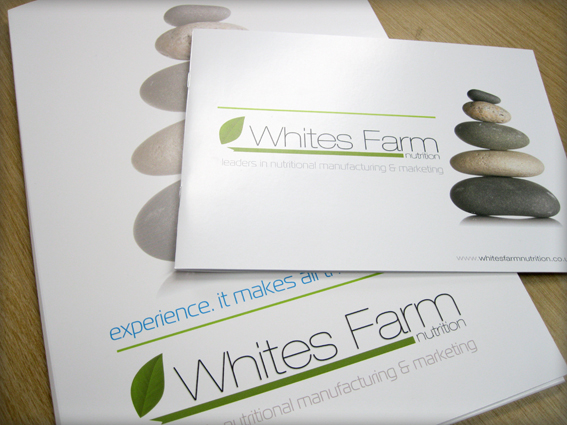
 When someone says white do you think boring, cold, clinical, nothingness? Or do you think of fluffy clouds scudding across the sky, soft peaks of meringue or a soft falling of snow?
When someone says white do you think boring, cold, clinical, nothingness? Or do you think of fluffy clouds scudding across the sky, soft peaks of meringue or a soft falling of snow? Whilst pure white occurs infrequently in nature we rely on it all the time for design. In terms of design white represents new beginnings with a nod to modernity and contemporary creativity. It is often used to symbolise purity, peace, cleanliness and softness. So how is that achieved in the printed piece?
In litho printing, areas of white are dictated by the colour of the material which is being printed on. Areas left unprinted create the white in the design, which may be text or part of an image. But there are many different shades of ‘white’ paper, from brilliant white to high white and with plenty of shades in between. They are all called white, so what is the difference?
Whiteness, Brightness and Shade in Paper
Whiteness, Brightness and Shade are all much more technical than just the fancy name given to the resultant colour of the paper:-
Whiteness is a measurement of light reflectance across all wavelengths of light comprising the full visible spectrum. Unsurprisingly there is an agreed standard for measuring the whiteness of paper which is based upon the light reflected by the paper in a standard representation of outdoor daylight. This standard is managed by ISO and the International Commission on Illumination (CIE).
Many papers have Optical Brightening Agents added which are designed to reflect light back from the non-visible range (mainly ultra-violet) back in to the visible spectrum thus increasing the whiteness of the paper (ie cheating!)
The lighting conditions under which paper is viewed will also affect how that paper is seen. Paper that has a high whiteness achieved by adding OBA to a fairly dull sheet may seem bright outside, but less bright when viewed under indoor lighting. Conversely a sheet with a good white base but low amounts of OBA will be bright under indoor lighting but may appear duller outdoors.
Brightness is a measurement of light reflectance of a specific wavelength of blue light within the visible spectrum. Simply put brightness represents a more narrow measurement of light reflectance than whiteness does.
Shade is a measurement of the colour of paper. Paper shade is different to paper whiteness. A piece of white paper will often have a blue or cream tinge to it. The shade of a white paper is down to the amounts of red, green and blue wavelengths in the visible spectrum being absorbed and/or reflected by the paper.
Designing with paper - Which Paper for which job?
When choosing a paper for your prints consider what the content is and make your paper choice on this basis.
The brighter and whiter the paper, the brighter and lighter the images will be. Generally, images printed on bright white paper produce more vibrant colours, but be aware that some light colours in an image can appear washed out on the whitest papers.
For single colour documents such as manuals select a blue white shade as this is best for short documents; it provides the best contrast for black ink and gives optimum readability. However for longer documents a more neutral or cream white shade will deliver less paper glare and produces less strain on the eyes over a longer period of reading.
For printing with lots of colour involved a ‘true’ white sheet will help the images and photographs “pop” off the sheet and not distort them by adding more colour to the images. We can help you make the correct decision on the paper for your job in terms of design and can supply paper swatches if required.
At A Local Printer we operate under full daylight conditions. Judging printed images under daylight viewing conditions is the only way of getting the colour balance right and seeing images in their 'true colours'.
October 21, 2015
|
Edited at: September 16, 2025
|
View: 706
|
Categories: Design Tips, Eco Friendly Paper

 Basket
Basket



